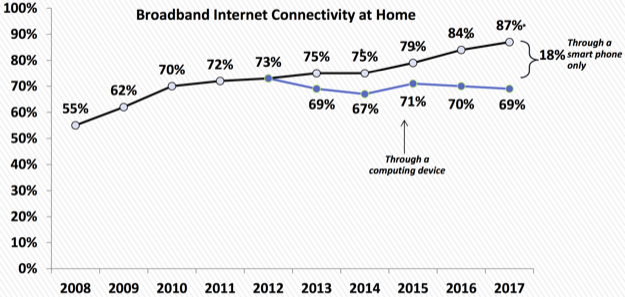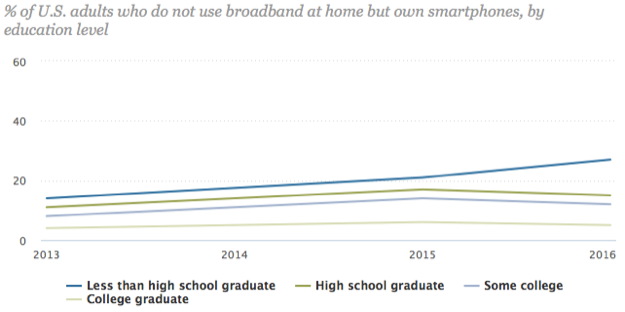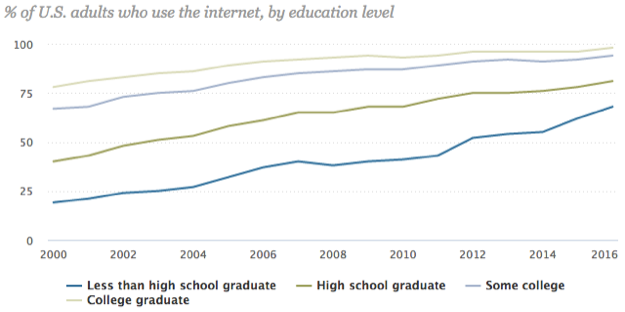Broadband consortium facing false reporting, contempt charges skids into CPUC hearing

For more than five years, the California Public Utilities Commission has wrangled with a consortium of five Los Angeles community organisations over a $450,000 grant that was supposed to be used to produce particular broadband education programs. Three of those groups were exonerated in tentative settlements reached with CPUC enforcement staff. Another agreed to pay a fine. But the fifth – Community Union – is contesting accusations of, among other things, “false claims”, “false reports”, “inadequate and incomplete” record keeping, and “adamantly” refusing to provide documentation to CPUC staff and to auditors from the state controller’s office.… More


![Kurush Pawar from Dubai, United Arab Emirates [CC BY-SA 2.0 (https://creativecommons.org/licenses/by-sa/2.0)] Jet school bus2](https://www.tellusventure.com/images/2019/jet_school_bus2.jpg)
![By Joker Poker [CC BY 2.0 (https://creativecommons.org/licenses/by/2.0)], via Wikimedia Commons](https://www.tellusventure.com/images/2017/3/gambling_table.jpg)
![By Free Clip Art [CC BY-SA 4.0 (https://creativecommons.org/licenses/by-sa/4.0)], from Wikimedia Commons](https://www.tellusventure.com/images/2018/7/sales_forecast.jpg)
![By Free Clip Art [CC BY-SA 4.0 (https://creativecommons.org/licenses/by-sa/4.0)], from Wikimedia Commons](https://www.tellusventure.com/images/2018/7/call_center_guy.jpg)
![By U.S. Navy photo by Mass Communication Specialist 3rd Class Frankie J. Colbry [Public domain], via Wikimedia Commons](https://www.tellusventure.com/images/2018/3/cash_625.jpg)


